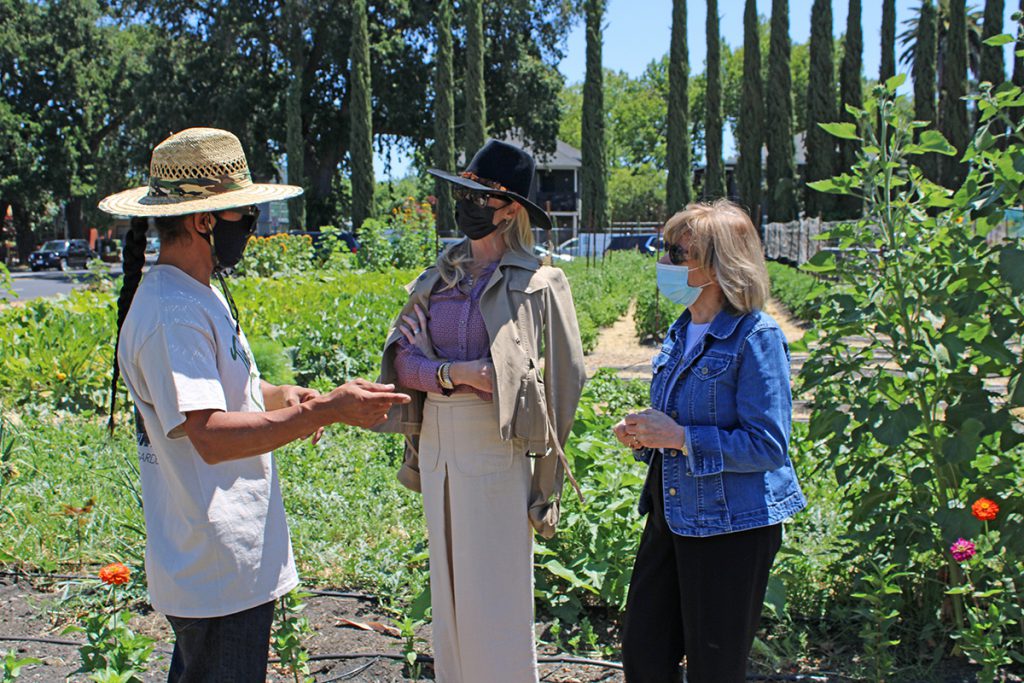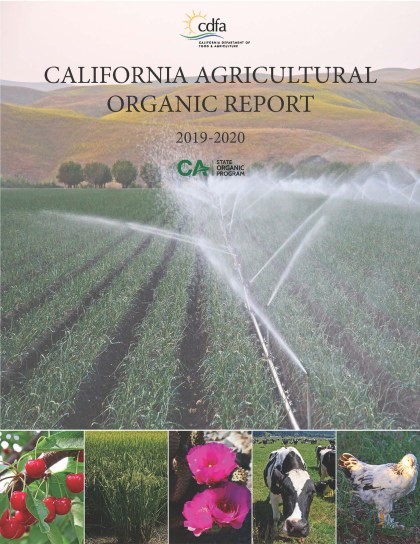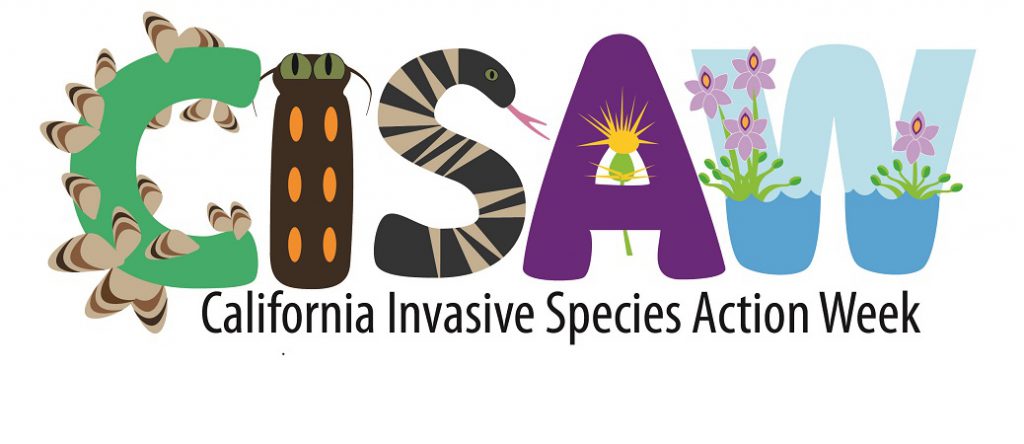Amid a major heat wave that is stressing energy grids in states across the western United States, Governor Gavin Newsom has signed an emergency proclamation to free up additional energy capacity. In preparation for the extreme temperatures, California energy agencies are calling on individuals and businesses to “flex their power” by reducing energy use in the evenings, through Friday.
The proclamation suspends certain permitting requirements, allowing the use of back-up power generation and freeing up additional energy capacity to help alleviate the heat-induced demands on the state’s energy grid.
For the next several days, much of the West and Southwest are expected to see triple-digit heat, making it imperative that individuals take precautions to stay safe from the heat and do what they can to conserve energy.
The text of the proclamation can be found here.
Thermostat story from the Mercury News, by George Avalos
An Oakland energy company wants to help people beat the heat now that torrid temps loom in California by giving away for free 1 million smart thermostats.
OhmConnect has launched the thermostat giveaway through what the energy company calls its End CA Blackouts campaign.
“Not only will you get a free smart thermostat, but you will save money on your electricity bill, and you can get paid to become, essentially, part of a virtual power plant,” Oakland Mayor Libby Schaaf said.
People who register with the End California Blackouts campaign become eligible to receive the free thermostats.
“This campaign will dramatically increase the number of participating households and dramatically decrease energy use to help prevent blackouts this summer,” said Cisco DeVries, chief executive officer of OhmConnect.
Oakland-based OhmConnect offers people an app that they can use to connect smart devices in their homes and coordinate the devices so they save energy.
The app also connects the devices to a California-wide network so energy use can be reduced during heat waves in a coordinated fashion. That, in turn, could make power failures less likely.
By helping the California electricity grid manage swings in demand for energy, OhmConnect gets paid by utilities or government agencies and then passes along some of the savings to customers.
“The grid needs resources to be as flexible and as responsive as they can possibly be, in order to support the reliability that we need,” said Andrew McAllister, a member of the California Energy Commission.








